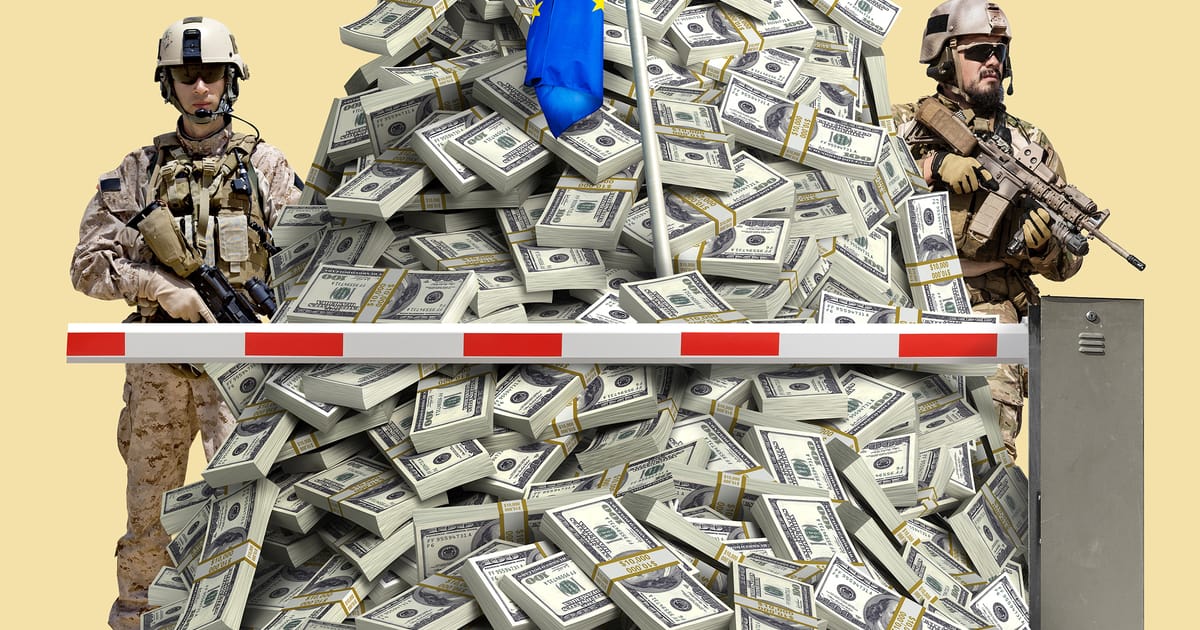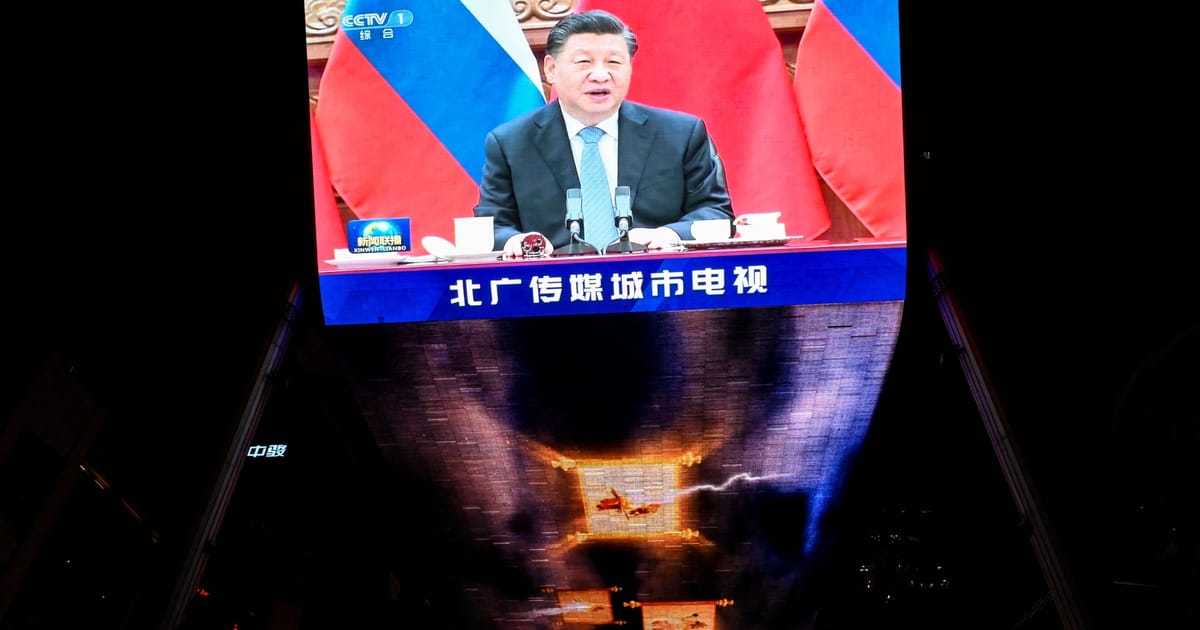This article is part of the Europe’s strategic impotence Special Report.
PRISTINA, Kosovo — There is no statue of France’s Jacques Chirac in Kosovo’s capital, no square named for Gerhard Schröder and no boulevard for Spain’s Javier Solana.
One will find all of the above, however, for Bill Clinton, Madeleine Albright and the other American leaders who spearheaded the 1999 NATO bombing campaign in Yugoslavia to prevent Serbian forces from massacring Kosovo’s Albanian population.
While many member countries contributed to the NATO operation, Kosovars have no illusions about who really saved them from genocide.
Thanks to the U.S., “we have our freedom and democracy and were able to build the state of Kosovo,” the country’s then-Prime Minister Ramush Haradinaj told Clinton at a ceremony marking the anniversary of the NATO intervention in 2019.
Little has changed in the nearly 25 years since the NATO action. If anything, Europe is more reliant on American security today than it was then.
Just ask Ukraine.
When Germany was still fretting last year that the Russians might get cross if they sold Ukraine decommissioned 1970s-era infantry fighting vehicles, Washington was already sending heavy weaponry.
Since Russia’s all-out invasion of Ukraine last year, the U.S. has committed military aid totaling more than €43 billion, substantially more than all European countries combined, according to data compiled by Germany’s Kiel Institute for the World Economy, whose dataset covers January 24, 2022 to February 24, 2023.
France, whose President Emmanuel Macron has been fantasizing for years about European “strategic autonomy,” has contributed a grand total of €447 million, although the country has promised additional weapons since February. Compare that to the Czech Republic, a country less than one-fifth France’s size, which has delivered military aid worth €566 million.
The bottom line for Europe is that without U.S. aid to Ukraine, the Russian flag would be flying from Kherson to Lviv by now, and Russian troops would be standing sentry on the EU’s border from the Baltic to the Black Sea.
Indeed, it was fear of that scenario that convinced German Chancellor Olaf Scholz just days after the Russian invasion to commit to spending €100 billion on rearming Germany as part of what he called a Zeitenwende, a turning point.
Germany’s new defense minister, Boris Pistorius, put the state of the country’s military in stark terms in March: “We have no forces that are capable of defending against a brutal war of aggression.”
Despite the pledge, Germany’s defense budget remains well below NATO’s 2 percent of GDP target. Last year, it increased by 0.1 percent to 1.6 percent of GDP. (The U.S. spends 3.3 percent.) On Wednesday, the German government presented its new security strategy calling for defense spending to rise to 2 percent of GDP.
Germany, after months of dragging its feet, has dramatically accelerated the military aid it’s sending to Ukraine. Though it still trails the U.S. by a wide margin, Germany is in second place in Europe behind Britain, according to a new U.K. estimate, pledging or sending €4.2 billion in kit to Ukraine through the end of this year — including the Leopard tanks now taking part in the counteroffensive.
Still, a year on, most of the Zeitenwende money has yet to be spent — and Europe’s arms makers say they won’t commit to opening new factories until they get signed long-term government contracts. Even then, much of that cash will be going not to Ukraine, but to replace the Bundeswehr’s aging equipment.
So why is no one in Berlin really that worried? Because like the Kosovars, they believe they can count on America — despite the tremors caused by Donald Trump’s presidency.
European countries rely on the U.S. for everything from protection under its nuclear umbrella and the presence of its troops on the Continent to buying jet fighters and bullets.
Even Poland, which aims to spend 4 percent of GDP on defense this year, is buying tanks, jet fighters and rocket artillery systems from the U.S. — and has no intention of going it alone when facing off against Russia.
“The alliance with the United States is the absolute foundation of our security,” said Polish Prime Minister Mateusz Morawiecki.
Notwithstanding all the grand pronouncements by European leaders about standing alone, European countries still spend more than half of their equipment budgets on U.S. gear (the Netherlands spends 95 percent). There’s little evidence that’s going to change, despite calls from leaders like Macron for countries to spend their military euros at home.
That means the U.S. remains the indispensable ally.
Or as former Kosovo President Ibrahim Rugova liked to say: “God bless America and our Western friends.”


YOUR SECURE SOURCE ON DEFENSE POLICY
“On Defense” gives you a taste of what POLITICO’s Pro Defense will bring its readers when it launches on September 5.
We’ll be covering defense industry developments, weapons technology, NATO, cyber and space as well as procurement decisions and political battles over defense budgets.
Want to know what’s really going on in defense policy? Don’t stay in no man’s land. Read POLITICO Pro Defense.




